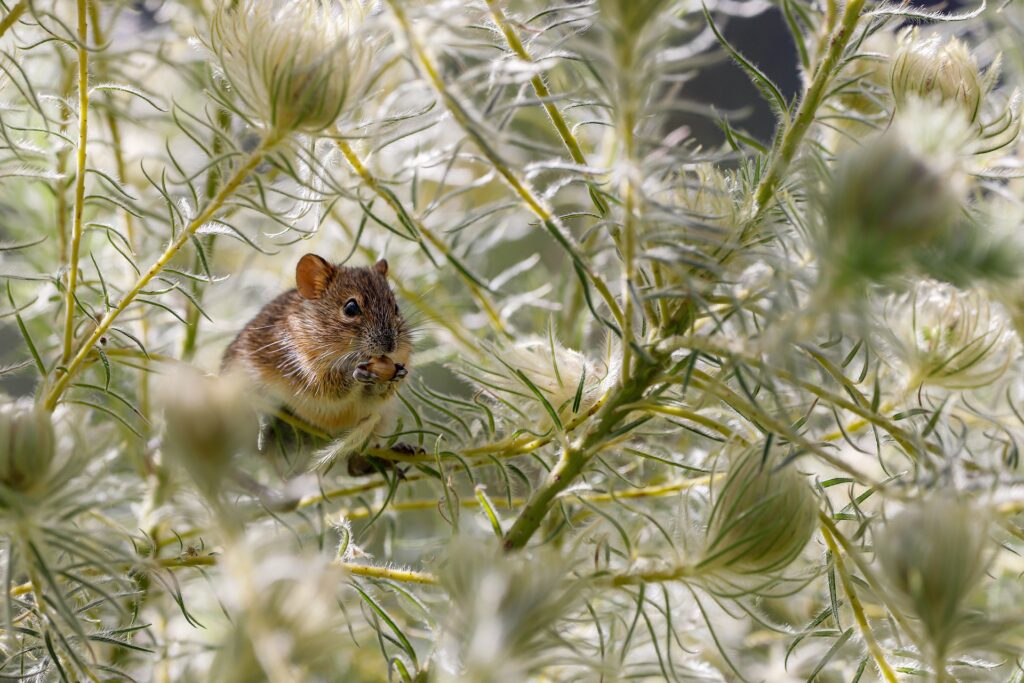Who doesn’t love summertime and outdoor adventures? Whether you enjoy hiking, camping, or gardening, there are a ton of fun things you and your family can do to enjoy the warmer months. Unfortunately, summertime sees a surge in certain pests, including ticks. Ticks are arachnids that feed on blood throughout their life by biting through the skin.
The good news is there are several ways to protect yourself from ticks and the diseases they carry, so there’s no need to cancel your summer activities.
Before we discuss the best ways to protect yourself against ticks, here’s a look at the different diseases that ticks can transmit.
Diseases Transmitted by Ticks
Lyme Disease
As the most common vector-borne disease in the United States, Lyme disease is transmitted to humans by the bite of an infected black-legged tick. Lyme disease often causes fever, fatigue, headache, and skin rashes. If left untreated, it may spread to the heart, nervous system, and joints. To determine whether or not you’ve contracted Lyme disease, the CDC recommends a two-step testing process for Lyme disease using a blood sample. If the first test is positive or indeterminate, the second test should be performed. The overall result is positive only when both tests are positive. Taking an antibiotic within 72 hours of a tick bite can help prevent you from contracting Lyme disease. If you end up getting the disease, you’ll need to take antibiotics for a longer duration to recover. In most cases, symptoms will subside in about six months.
Rocky Mountain Spotted Fever
RMSF is a rare but dangerous tick-borne disease that is transmitted by the American dog tick, Rocky Mountain wood tick, and brown dog tick. It can lead to serious sickness and long-term health problems, including vomiting, red eyes, fever, stomach pain, headaches, sore muscles, and a red rash. RMSF requires an antibiotic to treat, and it’s best to take it as soon as possible.
Anaplasmosis
Anaplasmosis is a bacterial infection carried by the black-legged tick. Symptoms often include fatigue, muscle aches, fever, chills, and headaches. In most cases, symptoms show up 1 to 3 weeks after a tick bite. Like the other tick-borne diseases on this list, anaplasmosis is treated with an antibiotic.
Babesiosis
Babesiosis is a disease caused by the bite of a tick infected with Babesia microtia, a microscopic parasite that infects red blood cells. Most people with babesiosis experience malaria-like symptoms, including fever, chills, sweats, headache, body aches, loss of appetite, nausea, and fatigue. Babesiosis is typically treated for at least 7-10 days with a combination of prescription medications.
How to Prevent Tick Bites
Now that you know a few of the diseases ticks carry, it’s important to properly prepare during your summer activities to prevent tick exposure and bites. Here’s what you need to know.
Know Your Surroundings
Ticks tend to live in bushy, wooded, or tall grassy areas, so if you spend a lot of your time outside in these types of surroundings, you could be near ticks. These arachnids climb tall weeds, grass, fences, and walls while they wait for hosts. They’re also found on shingles, window moldings, piles of leaves, shrubs, and stacks of wood.
Wear Long and Light Clothing
If you determine you’re at high risk for tick bites, you’ll want to wear long-sleeve shirts and long pants to protect your skin. Also, avoid going barefoot wearing open-toed shoes or sandals. Instead, wear boots or hiking shoes.
Spray Clothing with Permethrin
Spraying your clothes, shoes, and any additional gear with permethrin to repel ticks and other biting insects for up to two weeks. You can also purchase permethrin-treated clothing and gear.
Check Your Clothing
After being outdoors, you’ll want to check your clothing and gear for any ticks. If you notice any, make sure to remove them and wash your clothes in hot water and tumble dry them in high heat to kill any ticks.
Shower After Being Outdoors
Showering within two hours of coming indoors will help reduce your risk of being infected with tick-borne diseases. While you’re in the shower, perform a full-body check for ticks. Make sure to check under your arms, in and around the ears, around your stomach, between your legs, in your hair, backside of your knees, and your belly button.
Remove Any Ticks
If you notice a tick bite, it is essential to remove the tick as quickly as possible to prevent contracting diseases. Here’s a step-by-step guide on effectively removing ticks:
- First, find where the tick’s mouth meets the skin. Once you locate the area, take a pair of fine-tipped tweezers to grab the part of the tick attached to the skin.
- Slowly and carefully pull the tick out until you notice that the mouth is starting to release from the skin.
- Clean the tick bite with rubbing alcohol or soap and water.
- If the tick is still alive after you remove it, wrap it in toilet paper and flush it down the toilet.
If the tick has burrowed into your skin, we recommend consulting a doctor as soon as possible.
How Aptive Can Help With Tick Prevention
Our integrated pest management methods can help protect your and family from the dangers of ticks. Our pest control professional will inspect your property to determine which species of tick is residing on your property based on your geographical location and common behaviors of the ticks. They will also provide you with helpful techniques and recommendations to prevent tick exposure and bites. For example, suppose you live near a heavily-wooded area, or your property contains lots of thick leaf litter. In this case, an Aptive professional will recommend adjusting these areas to prevent ticks from dwelling there.
Call Aptive Environmental to schedule your tick pest control service today.









